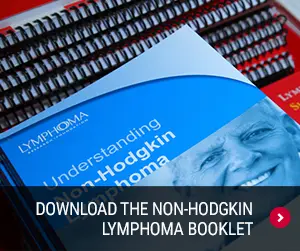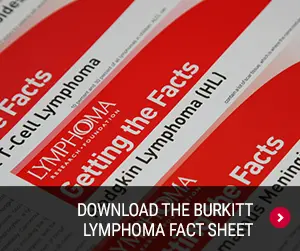
What is Lymphoma?
Burkitt Lymphoma: Treatment Options
Since Burkitt lymphoma is very aggressive, the diagnosis of this disease requires urgent hospitalization and the immediate start of therapy. However, Burkitt lymphoma is often very responsive to the currently recommended intensive chemotherapy regimens, and cure rates for this disease remain high.
Treatment options are determined based on low- versus high-risk status. The combination of agents used for low and high-risk diseases are similar; but, high-risk patients are given additional treatment. All of the treatments used are intensive, using high doses of drugs given frequently.
Specific treatment options for adults include the regimens described below:
- The Dose-Adjusted EPOCH Regimen
- The Cancer and Leukemia Group B (CALGB) 10002 Regimen
- The CODOX-M Regimen
- The HyperCVAD Regimen
Different combination chemotherapy regimens are used to treat Burkitt lymphoma in children and adolescents. Younger patients tend to have excellent responses to chemotherapy and particularly high cure rates.
Treatments Under Investigation
Ongoing clinical trials are investigating various combination therapy regimens, including new agents in combination with the agents mentioned above. The combination of brentuximab vedotin (Adcetris) plus rituximab is being studied in clinical trials as front-line (initial) therapy for patients with CD30+ and/or EBV+ lymphomas. New agents are also being investigated alone or as part of combination therapy in relapsed or refractory (disease does not respond to treatment) disease, including the following:
- Alisertib (MLN8237)
- Everolimus (Afinitor
- Lenalidomide (Revlimid)
- Panobinostat (Farydak)
- Vorinostat (Zolinza)
To learn more about Burkitt lymphoma, download the Burkitt Lymphoma Fact Sheet.


